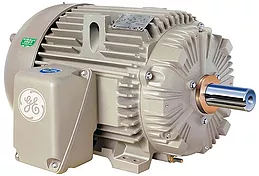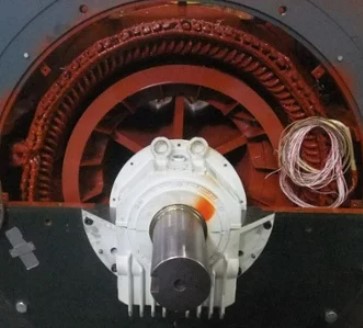
Magnetic Degaussing: Why it is Critical for Electric Motor Repair?
May 4, 2021
One of the extra steps we can perform at HECO when performing repairs, maintenance, or rebuilds on your electric motors is magnetic degaussing. While some may feel this step is unnecessary, experience has taught us that it can help prolong the life of your bearings and your motor! Why Magnetic Degaussing of Motor Components is …







